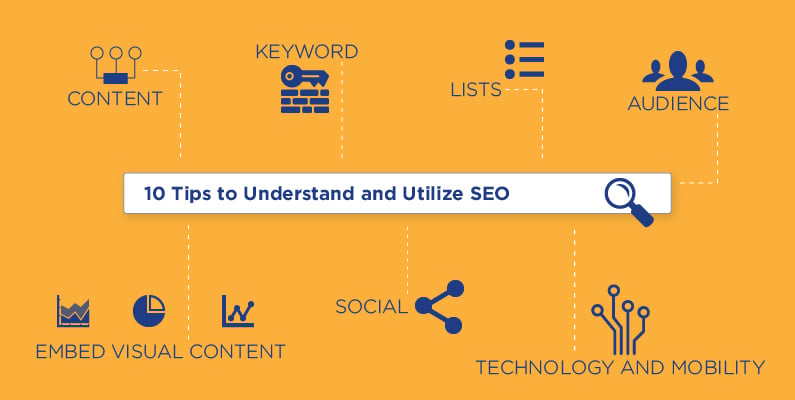10 tips to understand and utilize SEO
Maximize your digital marketing

In its infancy, the internet was a way to organically seek information about a product, service or location. But now, type a search word into Google and it’s more impossible than ever to miss that the first and final third of every browser page results contain ads, known as Pay-Per-Click (PPC) advertising. You might also notice a sponsored ad for a university agriculture program that appears in a Facebook feed or a fungicide ad that comes through in an Instagram scroll. These are great opportunities if a brand can afford them, and you shouldn’t underestimate or underutilize them.
The question is, is investing in ads the only way for a brand to optimize digital space, and if not, how else can you do it?
Below are ten tips to make the most of technology through Search Engine Optimization (SEO), the technical and creative tools that will help boost search engine rankings and drive traffic to your site.
1. Content: Content is still the foundation of every site, be it a blog, news site or consumer site. As you explore how you are marketing your content to farmers and ag professionals, remember that the content must meet their needs and stay updated. Keep an eye on commodities, weather, the USDA and all of the issues that consistently affect ag, so that you aren’t out of touch and your content isn’t one-dimensional and self-serving (i.e. simply selling a product).
2. Keywords: In tandem with the content, these are the words that customers would use to research and find your product or service. Make sure to include them in meta titles, meta descriptions, headlines, page name and image alt text.
3. Lists: Lists are attractive ways to aggregate information, and readers gravitate to them. Find ways to use them in your content and always include the numeral in your headline. A good example is Ag Daily’s “5 Grain Storage Tips to Get Done Before Harvest.”
4. Embed Visual Content: Break up your text with images, video and information that is vertical and keeps the customer engaged and scrolling. Think video interviews with university extension specialists, photography of new products and equipment, or farmers working with animals.
5. Meta description: This sentence is between 120-160 characters and contains the information that a search engine displays when your page shows up in search results. It should include your keywords and describe the page content accurately.
6. Technology and Mobility: Your site should load quickly and efficiently on a PC as well as on mobile. Make sure it uses HTTPS for visitor security, and consider additional measures for sites where farmers or dealers can make purchases.
7. Authority: Based on your content, links and social media status (likes, shares), your site should present you as authentic and trusted authority.
8. Audience: Consider the demographics and buying behavior of your site visitors. It’s established that they are farmers and ag professionals, but there is more to learn, particularly if they are sharing content or purchasing items from your site.
9. Engagement: Investigate your site analytics to determine if your site visitors stay on your site or bounce to others, and what makes them stay/deviate. Consider market research to obtain more information about your site visitors’ purchasing habits.
10. Social: How is your content reflected on social media? Though farmers and ag professionals use social media differently than other consumers, consider the best channels to cross-reference your content, as doing so via hashtags and links will enable your audience to find and share it throughout various apps.
Content and strategy drive many of these tips. Others may require additional investment in time, research and data. Gaining a solid understanding of SEO can enhance your digital imprint, increase customer interaction and escalate your brand, to ultimately reach your marketing goals.
Never miss an article.
Get the latest sent straight to your inbox.
Related Articles

